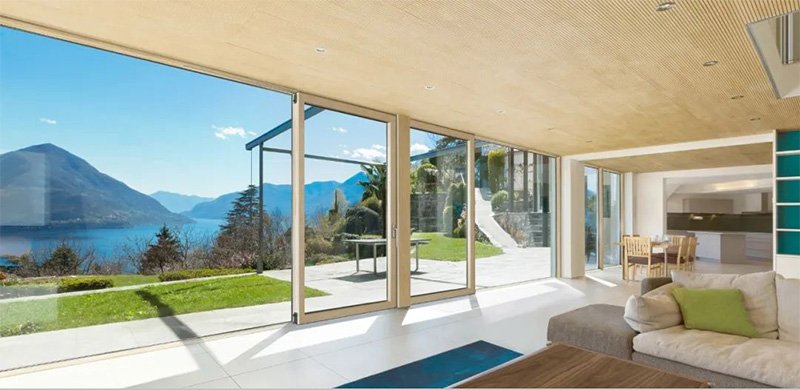Insulating glass is composed of two layers of glass, two layers of glass structure between the formation of a dense air interlayer, the thermal resistance of the air interlayer is much greater than the thermal resistance of single-layer glass, therefore, the insulation performance of insulating glass is also far better than single-layer glass. The insulating glass filled with inert gas can improve the thermal insulation performance by about 10% compared to the insulating glass whose hollow layer is ordinary dry air.

What is the role of argon gas filling for insulating glass?
1. Improve insulation performance. Because the inert gas is dense and low thermal conductivity compared to air, the performance is more stable. Therefore, it can slow down the heat convection in the middle layer and reduce the thermal conductivity of the gas. This shows that: the higher the concentration of argon gas, the better the insulation performance.
2. Argon can make the inner surface of the glass closer to the room temperature, reduce the occurrence of condensation, not easy to appear in winter dew and frost phenomenon.
3. Improve the safety of the glass. Modern building window glass area is large, if the hollow layer is not flat, the two layers of glass in the atmospheric pressure under the role of uneven force will appear in the phenomenon of internal absorption. After filling argon gas, it can reduce the pressure difference between inside and outside, keep the pressure balance and reduce the glass blowing due to the pressure difference.
4. Argon is an inert gas, which can effectively reduce resonance and substantially improve its sound insulation and noise reduction effect.
5. Because the filled gas is dry inert gas, it can replace the air with moisture inside the insulating glass cavity, so that the environment inside the cavity remains dry and prolong the service life of molecular sieve inside the aluminum spacer frame.
6. When using low-emissivity Low-E glass or coated glass, because the gas charged is inactive inert gas, it can protect the film layer to reduce the oxidation rate and prolong the service life of the glass.
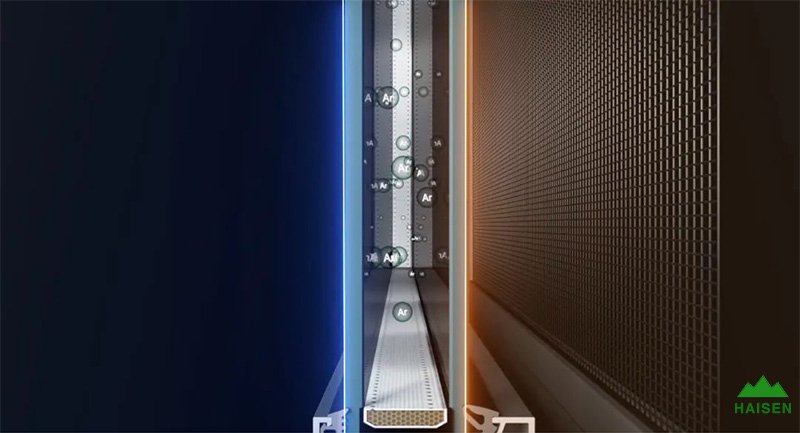
In addition to the filling of argon gas, the thermal insulation performance of insulating glass is also closely related to these:
1. Sealing tape
The insulation performance of windows and doors is closely related to the overall sealing of windows and doors, and the difference between good and bad sealing of windows and doors depends on the quality of the adhesive strip and the number of sealing channels.
The role of butyl rubber in insulating glass is to prevent the diffusion of water vapor into the inner cavity of the insulating glass, to prevent the leakage of inert gas Ar, thereby improving the overall thermal insulation performance.
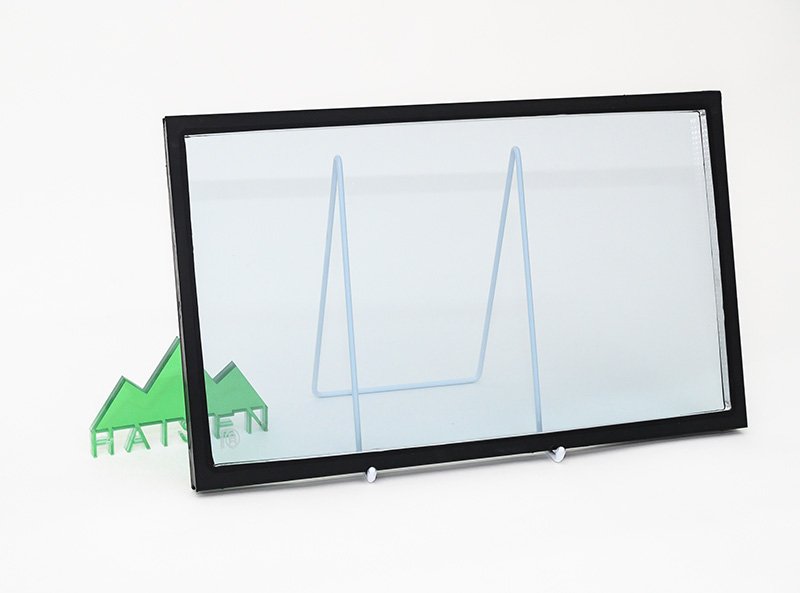
2. Molecular Sieve
The key to energy saving in insulating glass is whether the gas inside the hollow layer is sealed and dry (the heat transfer coefficient of dry air is lower than that of moist air).
Molecular sieve, which is a kind of desiccant, can adsorb both moisture and residual substances in the insulating glass. If there is no molecular sieve, the moisture in the insulating layer is not absorbed, it will make the insulating glass insulation and thermal insulation performance is reduced.
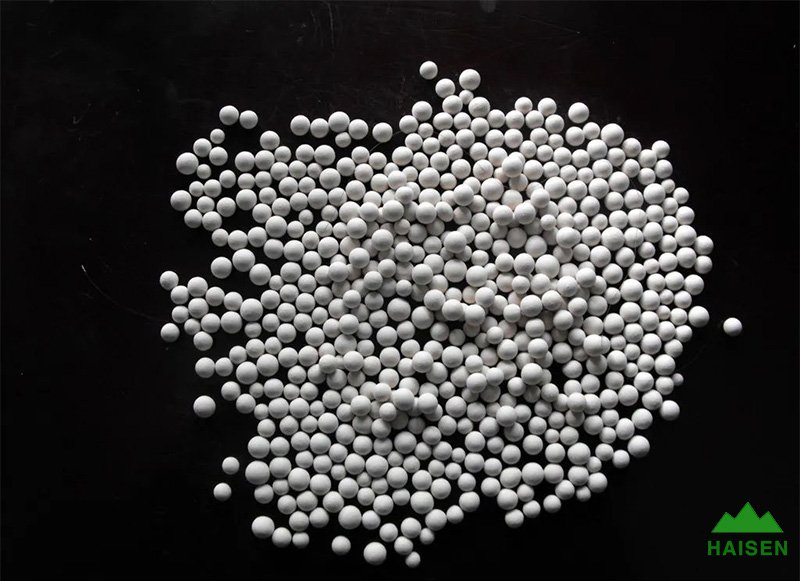
3. Warm edge strip
Warm edge strip is a kind of partition material applied between double glazing, its role is to reduce the heat loss of the glass, to ensure that the temperature difference between the two sides of the doors and windows is not too large, to reduce the phenomenon of condensation on the glass of doors and windows, so as to achieve the effect of insulation and avoid the phenomenon of glass condensation.
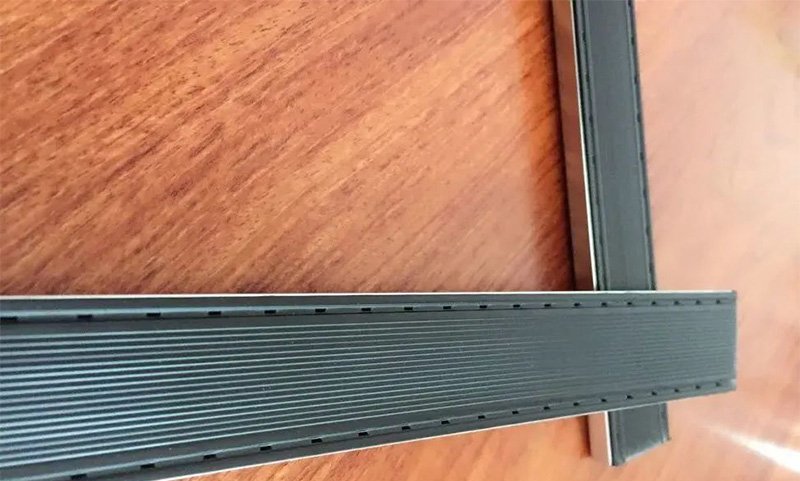
4. Glass
The most important material of insulating glass is glass, compared with ordinary white glass, using Low-E glass can better improve the thermal insulation performance of insulating glass; Low-E glass has a high transmittance of visible light to meet the demand for light, and a high reflectivity of infrared (especially the medium and far infrared). In summer, it can block the infrared rays of the sun from the outdoors from entering the room, slowing down the indoor heating and reducing the air-conditioning cooling consumption; in winter, it can block the infrared heat from the room from going outside through the glass of doors and windows, reducing the loss of indoor heating and improving the efficiency of indoor heating.
